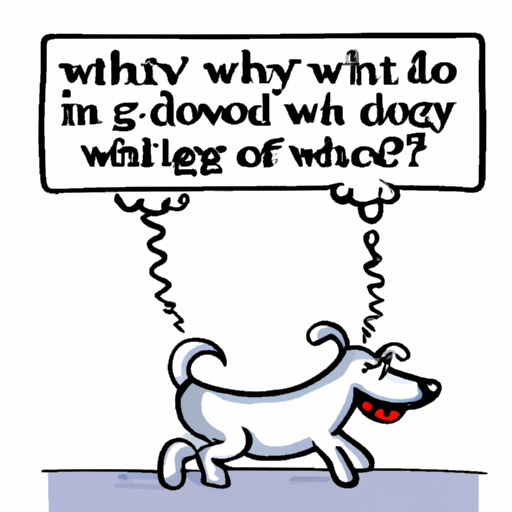If you’ve ever owned a dog or spent much time around one, you’ve likely noticed a seemingly universal behavior: when they’re happy, dogs wag their tails. But why do they do this? What’s the science behind this adorable canine quirk? Let’s dive deep into the world of dog behavior to answer these questions and more.
Table of Contents
- The Science of Tail Wagging
- The Language of Tail Wagging
- Tail Wagging and Dog Emotions
- FAQs
Key Takeaways
- Dogs wag their tails as a form of communication.
- Tail wagging can express a range of emotions, not just happiness.
- The direction and speed of the wag can add extra layers of meaning.
- Understanding your dog’s tail wagging can lead to better communication and bonding.
The Science of Tail Wagging
Dogs use their tails as a form of communication, and different wags can mean different things. According to Stanley Coren, a professor emeritus in the Department of Psychology at the University of British Columbia, the part of a dog’s brain associated with movement is connected to the adrenal glands. When a dog experiences strong emotions, it triggers activity in their brain, which then causes their tail to move. This article provides a more detailed explanation.
But don’t be fooled into thinking that a wagging tail automatically equals a happy dog. As any professional dog trainer can tell you, it’s a bit more complex than that.
The Language of Tail Wagging
Understanding the language of tail wagging can be a bit like learning to read. You have to pay attention to a few different things:
- Direction: A dog wagging its tail to the right is generally expressing positive emotions like happiness or excitement. A wag to the left, on the other hand, can indicate negative emotions like fear or aggression.
- Speed: The faster the wag, the more intense the emotion. A slow wag can be a sign of insecurity or uncertainty.
- Height: A high wag often means the dog is alert and attentive, while a low wag can indicate submission or fear.
These clues can help you better understand what your furry friend is trying to tell you. For more in-depth information on this topic, check out this guide from the Whole Dog Journal.
Tail Wagging and Dog Emotions
So, now that you know the basics, let’s return to our original question: why do dogs wag their tails when they’re happy? Well, it turns out that it’s part of their way of expressing joy and excitement. When a dog sees its favorite human, a fun toy, or a tasty treat, its tail starts wagging rapidly to the right. This is their way of saying, “I’m happy and excited!”
You can find a similar explanation in this article, along with other insightful dog behavior tips.
But remember, tail wagging isn’t just about happiness. It’s a complex language that expresses a wide range of emotions. By learning to understand it, you can improve your relationship with your dog and better meet their needs.
FAQs
1. Can dogs control their tail wagging?
To some extent, yes. But much of it is an automatic response to their emotions.
2. Does tail wagging mean the same thing in all breeds?
Not necessarily. Certain breeds have unique ways of wagging their tails. For example, greyhounds are known to wag their tails in a circular motion when they’re happy.
3. What should I do if a dog’s tail is wagging, but they seem aggressive?
Proceed with caution. Tail wagging can sometimes indicate excitement, which can be both positive and negative. If a dog seems aggressive, it’s best to calmly walk away and avoid making direct eye contact.
For more canine behavior insights, check out these articles on dog body language and how dogs communicate from One Top Dog.
In conclusion, the world of dog behavior is fascinating and complex. By understanding why dogs wag their tails when they’re happy and what other tail movements might mean, you can deepen your bond with your furry friends.



